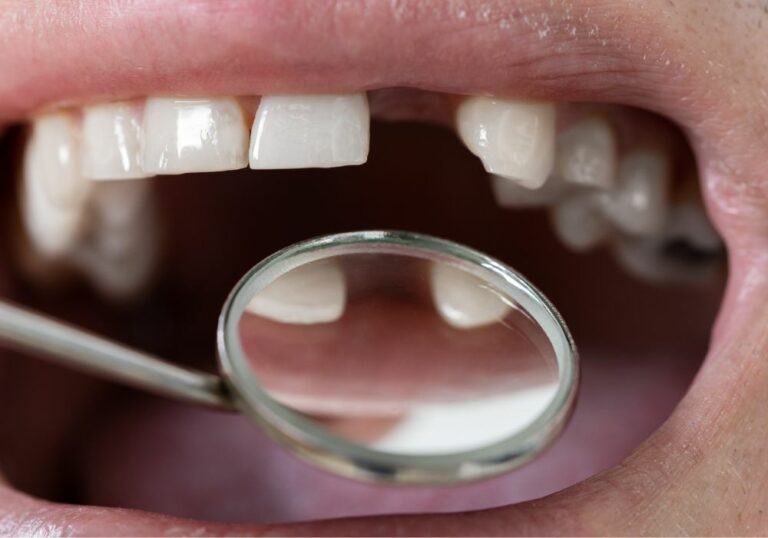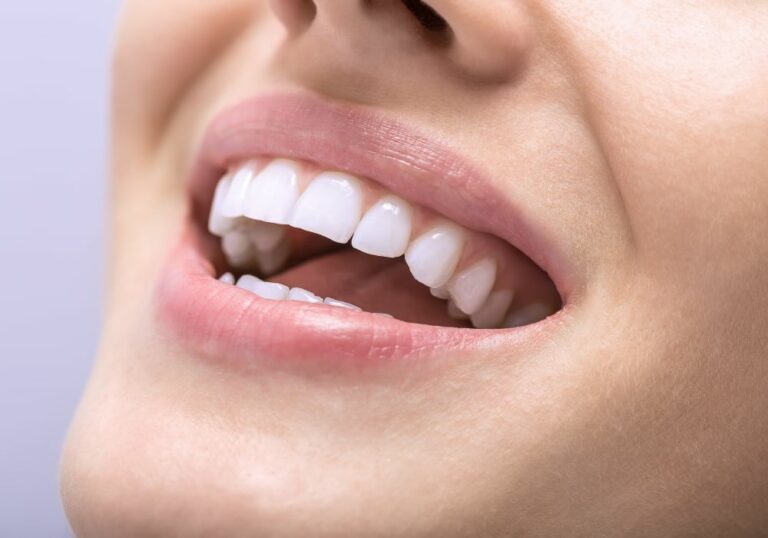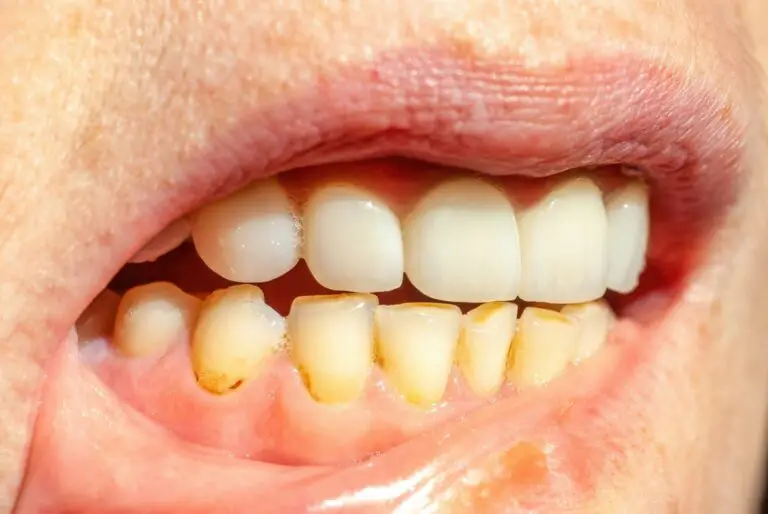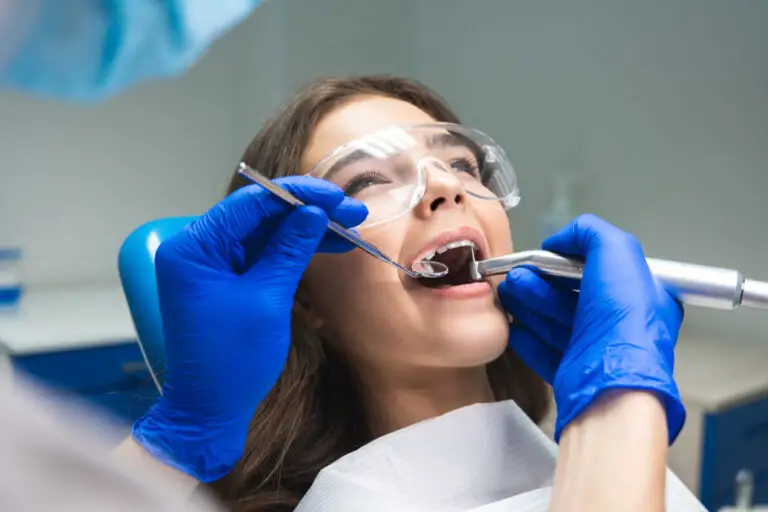Tooth decay, also known as dental caries or cavities, is an oral health condition where acids produced by bacteria dissolve the enamel and dentin of the tooth. This breakdown can lead to infection in the tooth pulp and eventual tooth loss if left untreated. For early stage decay, remineralization may be able to reverse the demineralization process and stop or even repair cavities.
What causes tooth decay?

Tooth decay occurs when plaque, a sticky film containing bacteria, builds up on teeth. The bacteria in plaque convert sugars and starches that remain in the mouth after eating into acids such as lactic acid. These acids dissolve and degrade the mineral content of teeth, a process known as demineralization.
Over time, demineralization softens and weakens the enamel and underlying dentin layer, eventually forming holes or cavities in the tooth surface. If decay progresses far enough, it can reach the soft pulp tissue inside the tooth, causing infection and severe pain.
Key factors leading to tooth decay
- Acid-producing bacteria – Streptococcus mutans and Lactobacillus bacteria produce acids from leftover sugars and carbs. They stick to the tooth surface in a biofilm known as plaque. Frequent snacking gives these bacteria more opportunities to create acid attacks.
- Frequent snacking/sugary foods – Snacks and sugary foods like candy, cookies, soda, and even fruits feed acid-producing bacteria. This causes more frequent and prolonged acid attacks on the teeth, giving less time for remineralization to occur.
- Poor oral hygiene – Not adequately brushing and flossing allows plaque to build up near the gum line and between teeth. Removal of plaque is essential to disrupt the bacteria and allow remineralization.
- Low saliva flow – Saliva contains calcium, phosphate, and buffers that normally help neutralize plaque acids and keep demineralization in check. Conditions or medications that reduce saliva production increase the risk of cavities.
- Deep pits/fissures – The biting surfaces of back teeth have deep grooves and crevices that are difficult to clean. Food and bacteria get trapped inside these pits and fissures, causing decay.
What is remineralization?
Remineralization is the process of restoring minerals lost through demineralization back into the crystalline structure of enamel and dentin. The key minerals are calcium, phosphate, and fluoride ions.
When provided in adequate amounts, these minerals can rebuild a new surface layer of hydroxyapatite crystal on damaged areas. Hydroxyapatite is the main mineral compound of tooth enamel and gives teeth their normal white color, hard structure, and resistance to decay.
Mechanism of remineralization
The remineralization process relies on the availability of calcium and phosphate ions, usually from saliva and plaque fluid. These minerals diffuse into tiny pores and defects created in enamel and dentin by acid dissolution.
Once inside the demineralized lesion, the calcium and phosphate ions attract each other and form clusters. Over time, these clusters accumulate and fuse together into larger hydroxyapatite crystals. Fluoride accelerates this process by attracting minerals and stabilizing them to form a new crystalline structure.
Gradually, this forms a new layer of enamel-like material that fills in the voids and strengthens the weakened area. Remineralization can stop and even repair early decay before it turns into a cavity.
Remineralization requirements
For successful remineralization, the following conditions must be met:
- Adequate minerals available – Primarily calcium, phosphate, and fluoride. Fluoride is especially important for binding minerals into acid-resistant crystals.
- Neutral pH – Acids from bacteria or acidic drinks inhibit remineralization. Saliva helps neutralize acids and bring the pH back above 5.5.
- Saliva flow – Saliva provides a constant bathing of calcium, phosphate, and buffers that aid remineralization. Dry mouth reduces this mineral supply.
- Plaque removal – Brushing and flossing removes plaque so minerals can diffuse into demineralized areas rather than just strengthening intact enamel.
- Time – The remineralization process occurs gradually over weeks to months as minerals are deposited. More exposure time allows more repair.
Stages of remineralization
Remineralization occurs in several overlapping stages:
- Acids are neutralized by saliva, fluoride, calcium, and phosphate ions. This raises the pH from around 4.5 back up above 5.5.
- Calcium and phosphate particles start to gather on the crystal remnants deep inside the lesion, forming tiny clusters.
- More minerals are attracted to the clusters, causing them to fuse and grow in size. The crystals start reconstituting the structure.
- A new hydroxyapatite layer slowly fills in the demineralized enamel pores from the bottom up toward the surface.
- Given enough time, the pores may fill completely, effectively reversing the decay.
Can remineralization reverse tooth decay?

Yes, remineralization can reverse the early stages of tooth decay before a cavity develops. However, there are limits to how much structural damage it can repair, depending on the severity of demineralization.
Potential for reversal
- White spot lesions – These small chalky areas are often caused by poor oral hygiene with braces. The subsurface enamel has started to demineralize but hasn’t yet broken down. These early lesions can frequently reharden completely through remineralization.
- Shallow cavities – Once decay has penetrated through the enamel and reached the dentin layer, repair becomes less likely. However, small cavities less than 0.5mm deep may be arrested and partly reversed with diligent remineralization therapy.
- Moderate caries – Deeper lesions ranging from 0.5mm to 2mm into the dentin may be partially reversed but likely still require restoration. The decay is moderate at this point.
- Severe cavities – Once extensive decay penetrates deep into dentin (>2mm), the likelihood of reversing it through remineralization alone is very low. The inner structure has collapsed and usually requires filling.
- Root caries – Cavities on exposed root surfaces are more difficult to remineralize since root structure contains less mineral content. But early lesions still have some potential to reharden.
Success factors
The extent of reversal achievable depends on several factors:
- Lesion depth – Shallower lesions have greater potential to remineralize before turning into cavities. Deeper lesions usually require restorative work.
- Lesion age – Older lesions tend to have more crystal dissolution, making it harder for minerals to penetrate and repair the structure.
- Exposure time – Frequent and lengthy acid attacks lead to more severe breakdown. Limiting acid production reduces damage.
- Saliva flow – Higher saliva rate provides more calcium, phosphate, fluoride, and buffering capacity to facilitate remineralization.
- Oral hygiene – Keeping plaque cleared off allows remineralizing agents to contact the lesion for repair.
- Fluoride exposure – Frequent fluoride makes minerals less soluble and accelerates rehardening of enamel.
How to promote remineralization
While the body naturally performs some remineralization, additional efforts can enhance the reversal process. Recommended methods include:
1. Reduce sugar consumption
Cutting down on sugary sweets and sticky carbohydrate snacks limits acid attacks on teeth. Try to avoid frequent snacking which gives bacteria more chances to produce enamel-damaging acids.
2. Improve oral hygiene
Plaque is a prime cause of tooth decay, so plaque removal is critical. Brush teeth thoroughly twice per day and floss at least once daily to disrupt the bacterial biofilm. This helps minerals penetrate lesions rather than just strengthening intact enamel.
3. Stimulate saliva flow
Chewing sugar-free gum with xylitol increases saliva flow. Saliva contains essential calcium, phosphate, fluoride, and buffers that aid remineralization. Keep hydrated and avoid antihistamines or other drugs that dry the mouth.
4. Use fluoride
Fluoride makes enamel crystals more resistant to acid and helps deposit minerals back into lesions. Use fluoride toothpaste twice daily and use fluoridated rinses or gels as recommended by your dentist. Professional fluoride applications can also help.
5. Apply remineralizing agents
Specialized pastes, gels, mousses, and varnishes contain concentrated calcium, phosphate, and fluoride to enhance natural remineralization. These supplements provide a frequent dose of bioavailable minerals, especially helpful for those at high risk of cavities.
Professional remineralization treatments

In addition to good home care, dentists can perform focused remineralization therapies:
Fluoride treatments
- 5% sodium fluoride varnish – Applied to teeth 2-4 times per year to provide a strong fluoride infusion that strengthens enamel.
- 1.23% fluoride gel – Brushed on teeth for 1-4 minutes before hardening to firm up enamel crystal structure.
- Silver diamine fluoride – Applied yearly to arrest decay by both remineralizing and killing bacteria in cavities.
Calcium phosphate treatments
- CASEIN phosphopeptide-amorphous calcium phosphate (CPP-ACP) paste – Rubbed onto clean teeth to increase mineral content. Casein stabilizes calcium and phosphate ions for better absorption.
- Tricalcium phosphate powder – Blown onto teeth through an air abrasion tool. Fills microscopic pits and cavities by depositing minerals.
Sealants
- Resin sealants – Flow into pits and grooves on molars to prevent food and plaque getting trapped inside, reducing decay risk.
Limitations of remineralization
While remineralization is helpful for early decay, there are some limitations:
- May not fully restore enamel strength and appearance
- Difficulty assessing if decay was fully arrested under sealants
- Requires patient compliance with frequent mineral application
- Not a substitute for definitive restorative work when cavities are advanced
- Cannot reverse damage to tooth pulp or infections deep inside dentin
For these reasons, remineralization serves best alongside traditional fillings and dental repair methods. It can help strengthen enamel and slow decay progression but does not eliminate the need for restorations when significant cavities develop. Patients should follow up with regular exams and x-rays to monitor lesions.
The takeaway
Remineralization is capable of reversing white spots and shallow lesions in the early stages of tooth decay. However, its ability to actually repair cavities diminishes as the depth and severity increases. While remineralization is helpful for strengthening enamel and slowing decay, it does not remove the need for traditional dental procedures when cavities become advanced.
Keeping up with oral hygiene, limiting sugars, using supplemental fluoride, and getting periodic professional treatments can optimize remineralization potential. But be sure to follow up with your dentist regularly to monitor any arrested lesions. If decay has progressed too far, more definitive restorative work will be necessary to save the tooth structure. With early intervention, remineralization can help avoid cavities but is not a substitute for fillings and other dental work when significant decay develops.
Frequently Asked Questions
1. What foods promote remineralization?
Some foods that provide minerals to help remineralize teeth include cheese, milk, yogurt, nuts, leafy greens, fish with bones, meat, eggs, and fruits. Calcium-rich dairy products are especially helpful, along with vitamin D from eggs and meat that aids absorption.
2. How long does remineralization take?
Remineralization is a gradual process, occurring over weeks to months. The initial mineral deposition may occur rapidly in the first month. But complete rehardening can continue improving for 12 months or longer depending on the severity of demineralization. More time allows for more mineral redeposition.
3. Can cavities remineralize without fluoride?
It is possible but much more difficult to remineralize cavities without fluoride treatments. Fluoride significantly accelerates the process and makes the repaired enamel more acid-resistant. That’s why fluoride is recommended to provide the greatest chance of rebuilding cavity walls through remineralization.
4. Do remineralizing toothpastes work?
Special toothpastes can somewhat help by supplying extra calcium and phosphate in a bioavailable form. However, the brief exposure from brushing is limited compared to professionally applied fluoride varnish that adheres to the teeth. For best results, use a remineralizing toothpaste as an adjunct to regular fluoride treatments.
5. Can you reverse cavities without drilling?
For small cavities limited to the enamel layer, remineralization therapies may help avoid drilling. However, once decay penetrates deep into the dentin, drilling is usually required to remove infection and restore the tooth. Non-drilling options have limited potential beyond initial-stage demineralization.






